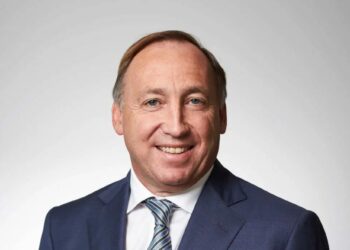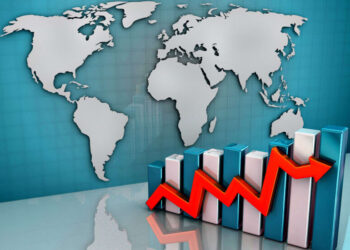In the face of ‘US excellence’, changing currency markets, and heightened geopolitical risk, the Future Fund has unpacked how it is building resilient portfolios amid significant paradigm shifts.
In 2021, the $285 billion fund released a position paper titled ‘A New Investment Order’, where it identified 10 major paradigm shifts that will be important for building investment portfolios in the next decade. These included deglobalisation, technological disruption, climate change, a changed inflationary regime, and a decline of sovereign bond duration in portfolio construction.
Speaking at the Australian Wealth Management Summit in Sydney this month, the fund’s outgoing deputy chief investment officer Alicia Gregory said that the world anticipated in the Future Fund’s position paper over two years ago is now the reality it faces. This, she said, has led to a more dynamic approach in its portfolio construction.
“As large investors, we’re needing to make more portfolio decisions that can collectively move the dial under different scenarios,” Gregory said.
She explained that in the current environment, responding to fundamental changes remains crucial because “what has worked in terms of portfolio construction over the last three decades might need to look different going forward.” The many tailwinds of the 2000s, including global labour and capital mobility, lower tax rates, and “extraordinary” monetary policy can’t be relied on any longer, Gregory said.
“A real possibility today exists that investors face a world characterised by the fracturing of the global political geopolitical order, bigger government, more extreme forms of monetary policy and a risk of its sustained higher inflation,” Gregory said.
“All the wealth and productivity dividends from globalisation are arguably reversed. This has pretty significant potential impacts over the next 10 years to both corporate strategies and cash flows [and] compounding all of this are heightened geopolitical risks.
“We have national security clearly impacting investment flows throughout the world. Mobility of capital, trade, reserves and currencies are all changing – this should have significant impacts on the way institutional investors build portfolios for resilient outcomes to a range of different scenarios.”
Expounding on geopolitical changes, Gregory said they will have a significant impact on the way governments are interacting with markets, alongside playing a role in the trade dynamics and populist policies of governments around the world.
“There are many definitions of geopolitics, but our quick view is it captures the structures, views and rules that define the arena in which the world order can really operate,” she said.
“So, we’ve been actively repositioning our portfolio to respond to this environment. We’ve been really focused on enhancing portfolio resilience while increasing our allocation to strategies designed to protect against higher inflation.”
Looking at the US, she said its market concentration in portfolios and its interaction with the Australian dollar are expected to be significant for Australian dollar-denominated investors like the Future Fund.
As at 31 March 2024, the Future Fund held a 20.3 per cent allocation to developed global markets, compared to just 10.1 per cent in Australian equities.
“The strength and innovation coming out of the US continues to be a theme we have believed in for some time in the Future Fund, in how portfolios are performing depending on whether you’re invested there or not,” Gregory said.
She highlighted the growing concentration of US equities in the MSCI World Index, noting that 10 tech giants, including Microsoft, Apple, and Nvidia, now account for nearly 22 per cent of the index. This has, in turn, increased the US share of the index to almost 71 per cent.
“As concentration emerges, we continue to believe that actually, you may need private markets in your portfolio to be building diverse portfolios,” Gregory said.
Particularly, she cautioned that assuming historical correlations and the typical behaviour of currencies in markets may no longer hold true.
“Historically, you would have said the Australian dollar should be much higher in terms of trade, [but] we haven’t seen that, and many themes have been keeping the Australian dollar lower, and that traditional correlation is not quite as high,” Gregory said.
“So, as an Australian dollar denominated investor, understanding those currency positions, how you want to be positioned, will likely be more important than you’ve probably ever seen before. But you probably still do want exposures to the US, because it continues to be a very strong performing market.”
In its quest for diversification in today’s environment, the Future Fund is exploring alternative avenues beyond a traditional bond equity portfolio, she added, noting that structurally higher inflation could undermine the defensiveness of bonds.
“Investors may need to search for alternative forms of defensiveness through that type of environment, perhaps through shorter duration of private credit, differentiated hedging, or seeking assets with a higher, pass-through domestic inflation,” Gregory said.
“We’re also thinking about these higher levels in inflation and the potential volatility that can bring to portfolios. In a scenario of intermittent supply constraints, businesses will pass through inflation, whether it be public or private, and commodities might play an important role in your portfolio. So, we’re spending a fair bit of time in this space.”




